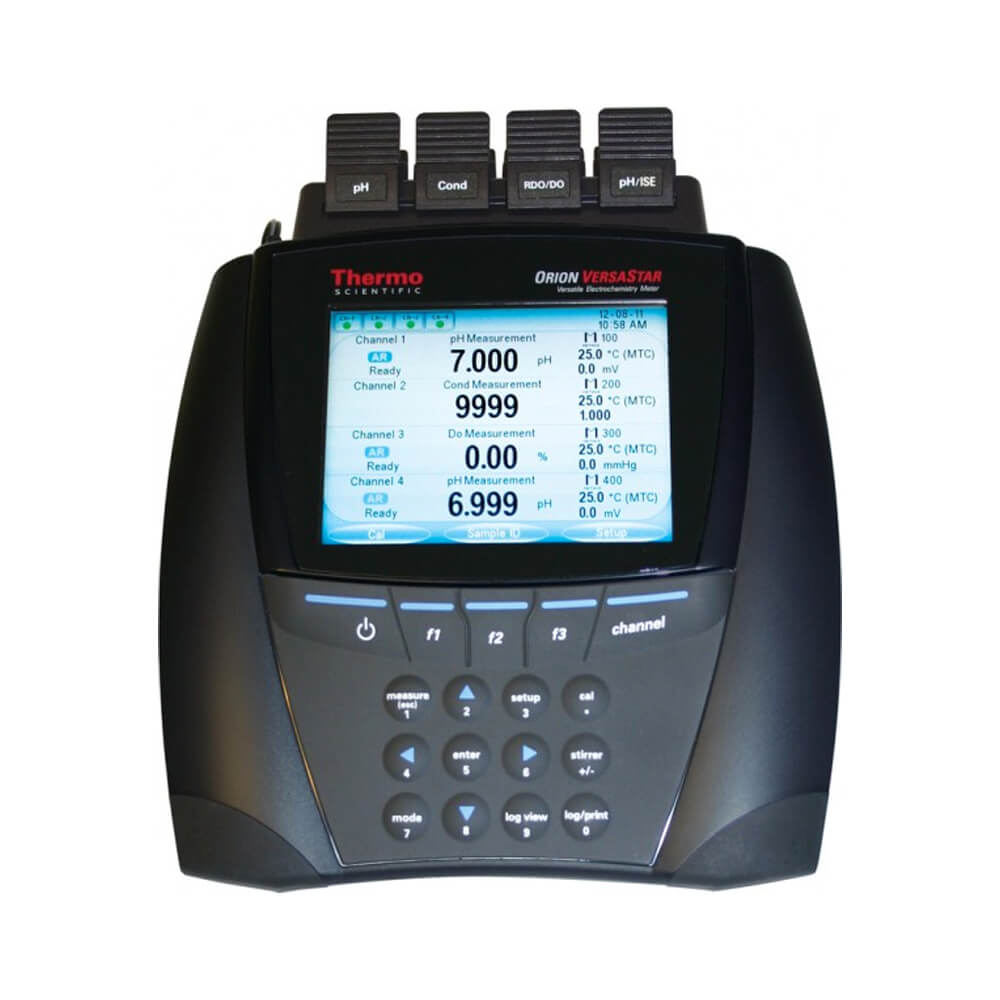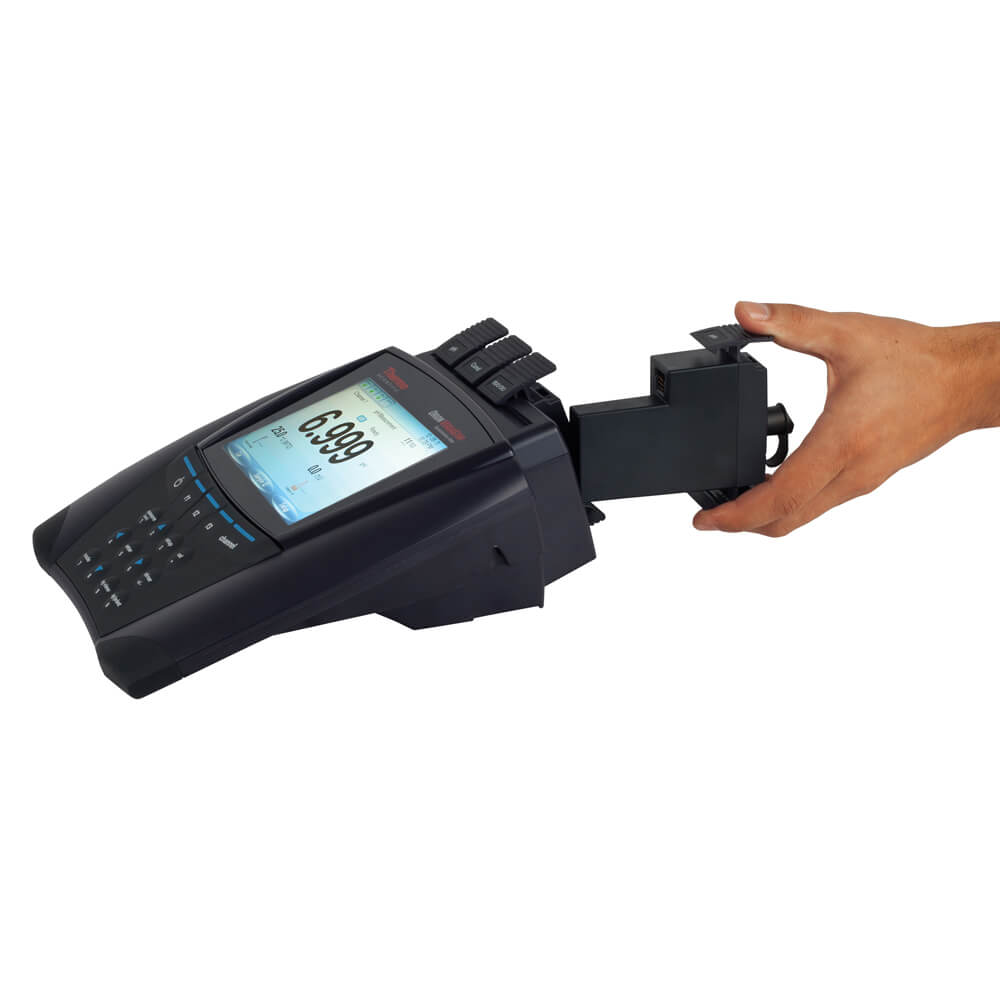PH conductivity DO ISE
Get high accuracy, premium performance and ultimate flexibility with the Thermo Scientific Orion Benchtop Meter. Meet your most challenging applications for pH, ion concentration, conductivity, dissolved oxygen and temperature. Easily view measurements on the color display and customize the four meter channels with interchangeable modules. Log up to 2000 data point sets and easily transfer via USB to a computer.
Select systems with one or two pH / ISE modules.
Our pH, ISE, conductivity and dissolved oxygen electrodes:
Choosing the right electrode for a particular application may be as simple as choosing an epoxy bodied electrode for field work or a semi-micro electrode for small samples. However certain samples require specific electrode types to avoid errors due to drift or clogged junctions. The most common difficult samples, observed problems and recommended electrodes are know by the Ankersmid specialists and chose upon your applications
Making com plex measurements routine and reliable Perform accurate and reproducible measurements in any application.
plex measurements routine and reliable Perform accurate and reproducible measurements in any application.
Our wide selection of electrochemical sensors and electrodes are designed to make your complex measurements routine, reliable, and accurate. Available in a variety of body materials, body styles and sample requirements, our electrodes and sensors offer a complete solution, whether you are measuring pH, oxidation-reduction potential, ions, conductivity, dissolved oxygen, or temperature.
Best practice
For Best Results Use Good Laboratory Practices
Follow the recommendations below for accurate pH and ISE measurements. pH and ISE electrodes aresensitive measuring devices and should be cared for properly.
Proper Electrode Storage
Proper electrode storage maximizes electrode performance and extends the electrode life. Caution: do not store the electrodes in distilled water. The filling solution will be diluted and the electrode response will be slow.
Proper Maintenance and Cleaning
Inspect the electrode weekly for scratches, cracks or salt crystallization. If the readings become slow or drifty, clean the electrode per the manufacturer’s instructions. Excessive cleaning may decrease electrode performance and shorten electrode life.
Electrode Fill Hole Cover
If using a refillable electrode, remove fill hole cover during calibration and measurement to ensure a uniform flow of electrode filling solution. Cover the fill hole overnight and during storage.
Filling Solution Level
The filling solution level must be higher than the sample level to maintain a uniform flow of filling solution. At least 2cm above sample height is recommended.
Rinsing
Rinsing prevents contamination by carry-over on the electrodes. Rinse with deionized water, standard or sample. Caution: do not wipe the glass bulb. Transfer of static charge onto the glass bulb will result in slow or drifty response. To avoid damage and contamination do not wipe the ISE liquid membrane surface.
Stirring
Stir all buffers, standards and samples at a uniform rate to obtain a representative sample measurement and improve electrode response time.
Use a magnetic stirrer at a moderate speed. Use a piece of insulating material between the stir plate and the beaker to prevent heat transfer.
pH Buffers and ISE Standards
pH Buffers and ISE standards should be accurate and free of contamination. Keep the buffer or standard bottle tightly sealed. Do not re-use buffers and standards. Verify the buffer or standard is within the expiration date before use.
Use volumetric glassware to prepare solutions accurately.
Temperature
To account for pH slope, buffer and sample changes, use a separate or integrated temperature compensation probe (ATC) temperature compensation on Orion pH meters. For ISE electrodes, calibration and measurement should be performed at the same temperature.
Calibration
Calibration verifies electrode slope and proper function. At least once a day, calibrate with two or three buffers or standards that bracket the expected sample range. Choose pH buffers that are no more than three pH units or no less than one pH unit apart. ISE standards should differ in concentration by a factor of ten.
Brochure
Gerelateerde producten
-
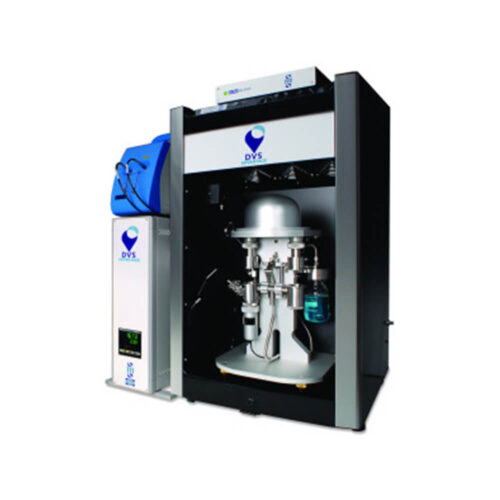
Dynamic Vapour Sorption
High performance digital microbalance -
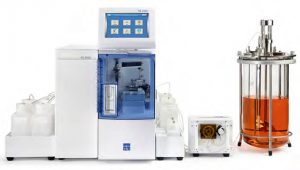
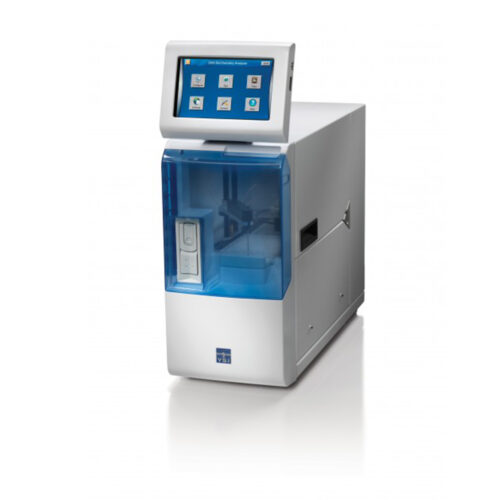
YSI 2900 Biochemistry analyzer
unique fluidics and chamber design resist clogging -
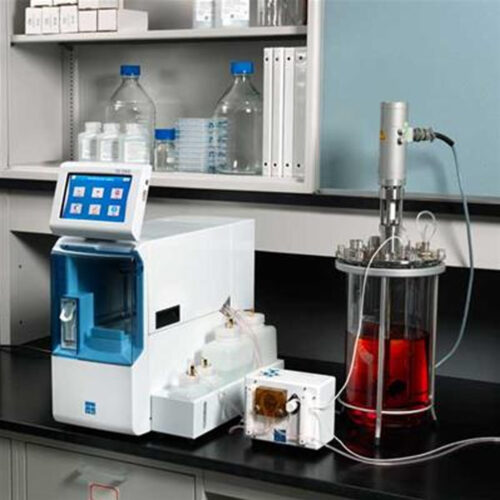
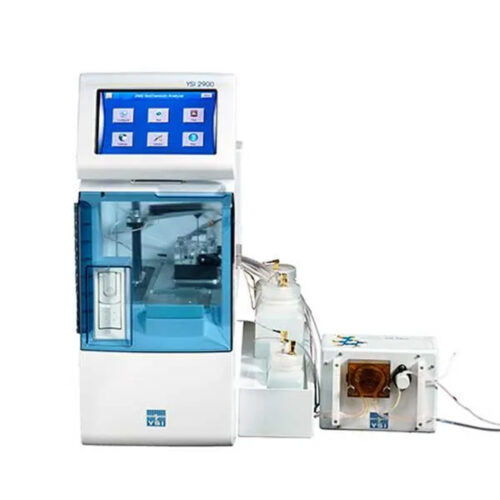
2900M Online Monitor & Control System
YSI 2900 Biochemistry Analyzer with YSI 2960 Online Monitor and Control System. -
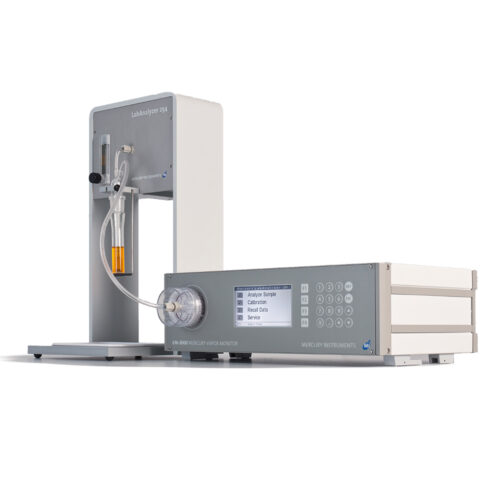
LabAnalyzer 254
0.01 ppb ... 10 ppb (10 ng/l to 10 µg/l)

